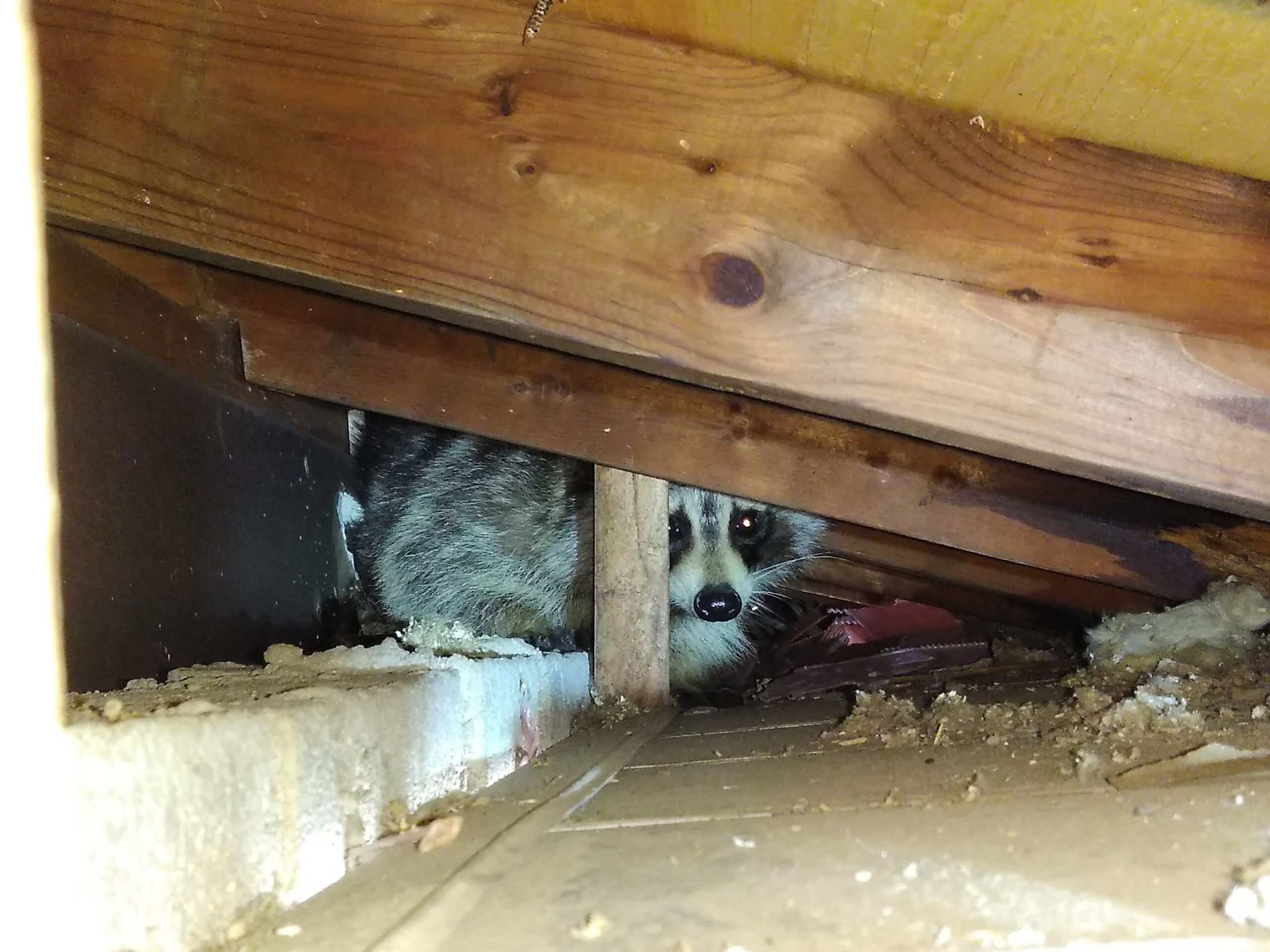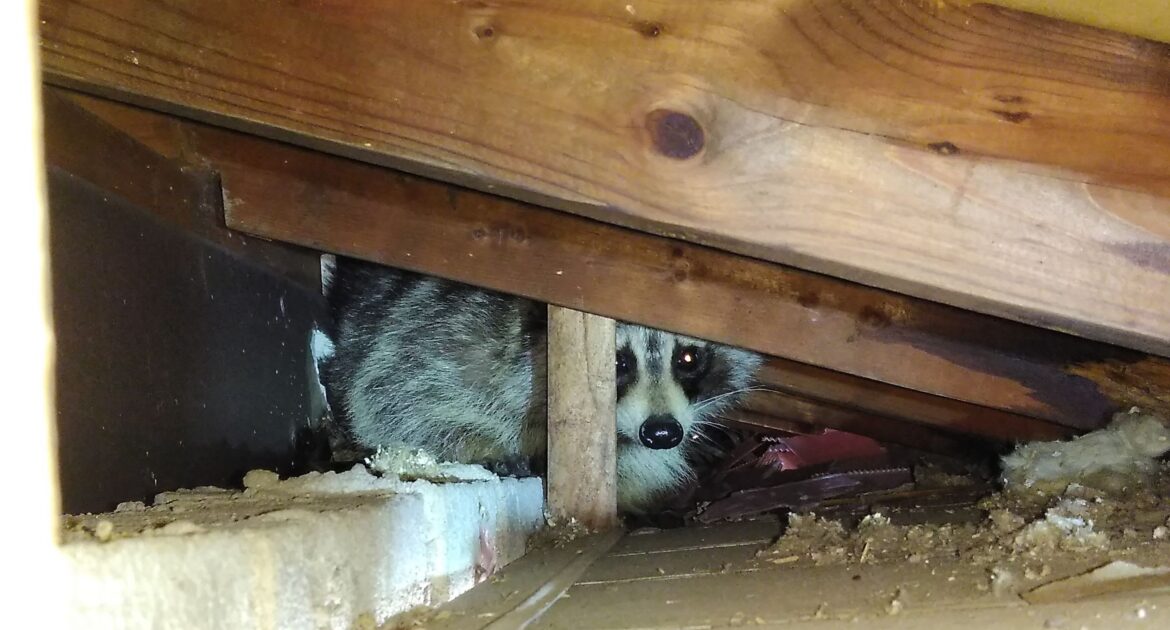Every year during the fall, Ontario sees an increase in the reported cases of distemper in raccoons. While this typical pattern is alarming for wildlife-interest groups, it is also concerning for pet-friendly neighbourhoods and other public areas. The colder weather allows the virus to survive for several weeks instead of warmer weather, where the virus dies in only a few hours. Contact Markham wildlife control immediately if you see a raccoon acting abnormally, sleeping in open spaces, acting lethargic, or approaching people.
What Is Distemper?
A serious and contagious disease, canine distemper, attacks the gastrointestinal, respiratory, and nervous systems in dogs and various species of wildlife, including raccoons. Airborne transmission is the most common way animals catch the disease, but it can also spread through shared food and water supplies and habitats.
Because winter months allow the virus to live longer on surfaces and there is no way to track the source of wildlife infections, the fall and winter months experience an increase in infection rates among raccoons and other wildlife, like foxes and wolves, skunks, and coyotes.
What Are the Symptoms of Distemper?
CDV will often resemble a rabies infection when present in wildlife. Infected animals will typically appear lethargic with discharge from the nose and eyes. They might look frail, and it is not uncommon for sick animals to tilt their heads, walk in circles, have convulsions, or display muscle twitches. You will also see excess salivation and chewing movements.
Distemper is often fatal. If an animal does survive the illness, it will often show signs of permanent damage to its nervous system. You mustn’t touch or approach an animal exhibiting signs of CDV as they are unpredictable and dangerous. Contact a wildlife authority for assistance.
Is the Condition Transmissible To Humans or Pets?
CDV is not transmissible to humans, and domestic cats are not at risk of infection. While feline panleukopenia is often referred to as feline distemper, there is no correlation between the two illnesses. Wildlife and domestic dogs are susceptible to the disease, but most pets get a distemper vaccine when they are puppies protecting them against future infections. However, puppies less than five months or twenty weeks are vulnerable, as are dogs without previous immunizations.
To protect your pet, ensure your yard is fenced and clear of any wild animals before letting them outside. Also, if you have not scheduled an appointment for vaccination, do so as soon as possible.
Is There a Treatment for Distemper?
A cure does not exist for CDV. If your pet is infected and receives a confirmed diagnosis, veterinary clinics can provide supportive care to control diarrhea, vomiting, and neurologic symptoms. The clinic staff can also help by administering fluids and preventing secondary infections.
While medical staff can provide the best chance of survival for your pet, you must remember that the condition will likely leave permanent damage. Also, remember that the same level of supportive care is not available to raccoons and wildlife. However, capture and removal are essential to protecting the wildlife population.
When Should You Call a Professional?
If you come across a raccoon behaving abnormally — approaching people, sleeping in open fields, active during the day, etc. — call a wildlife professional immediately. Finding and removing the animals from the area is the best way to prevent the spread of the disease.
While you might feel for the animal, do not approach it, and do not put it in your vehicle or touch it. Doing so can lead to the transmission of the virus to your home, where your pet sleeps and eats. You also want to avoid approaching the animal because they are more defensive and less predictable when ill.
If you spotted a raccoon behaving strangely in your neighbourhood or around your property, contact Skedaddle Humane Wildlife Control for assistance. Their experts will assess the situation and resolve the problem.




